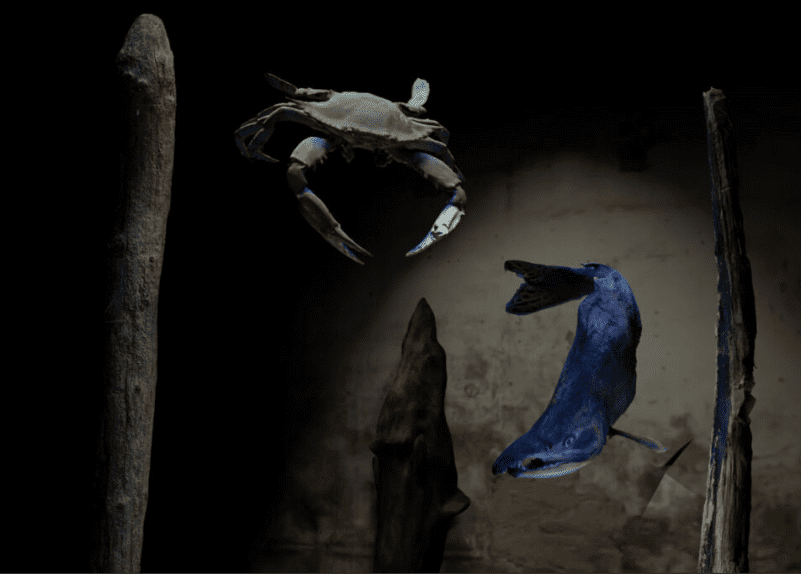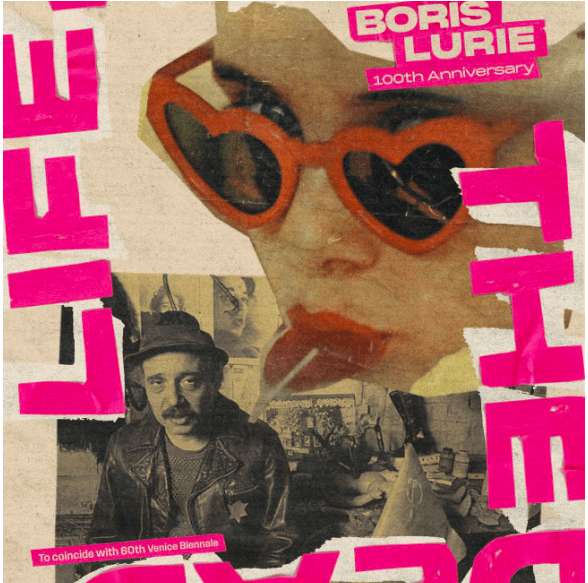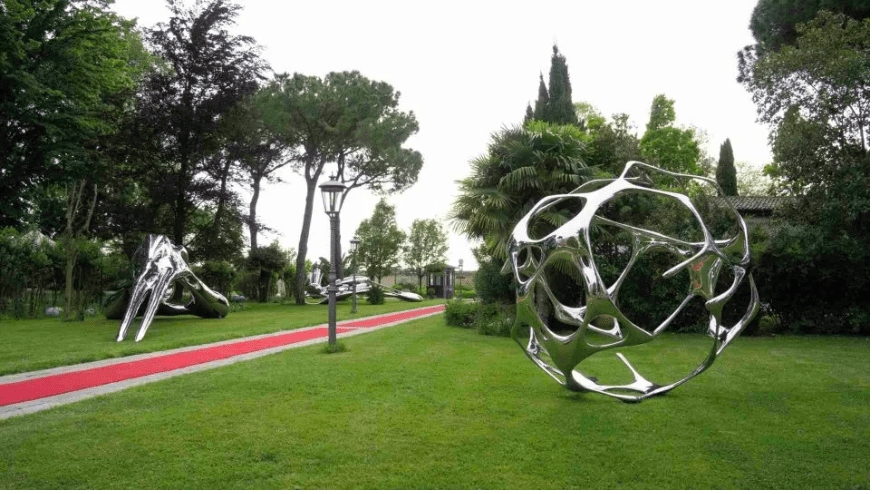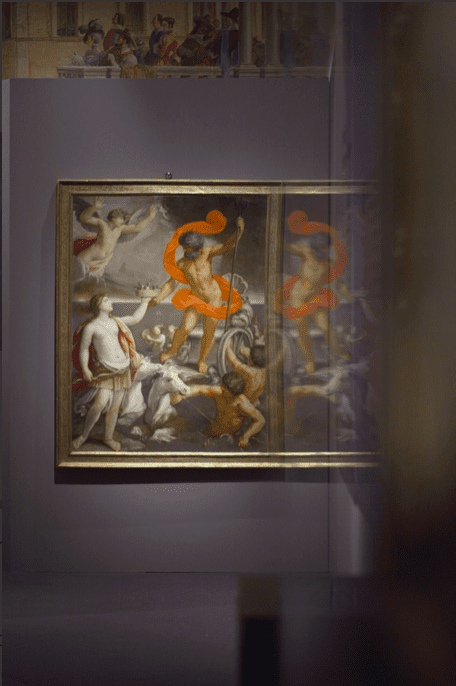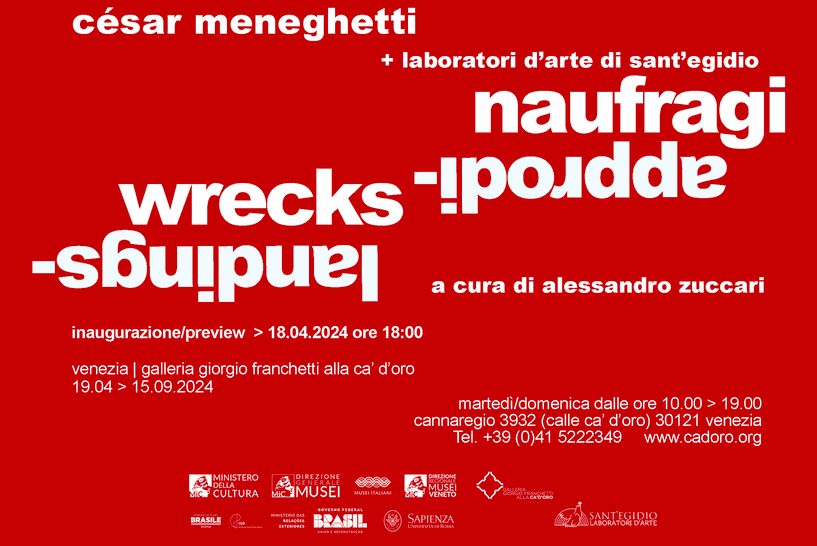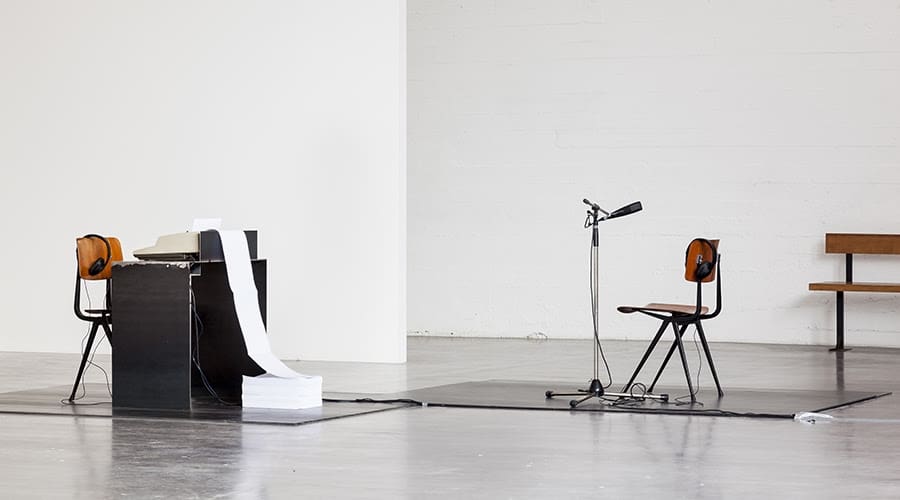
Virginia Wolf once wrote, “Lock up your libraries if you like; but there is no gate, no lock, no bolt that you can set upon the freedom of my mind.” A similar kind of conviction on the theme of imprisonment, freedom and thought is captured in the inspirational works of Rossella Biscotti.
In her exhibition, For the Mnemonist, S currently showing in Wiels, she shares with us a selection of works which deal with topics such as; state run institutions, punishment, incarcerations, liberty and the strength and fragility of mind. Her work is fired by her engagement and sensitivity towards humankind. As a conceptual artist, her creations begin by first immersing herself in tremendous research projects, tackling causes such as life time imprisonment, psychotherapy and science, then transforming her extensive research into works of art.
On entering her exhibition, we are met by Biscotti‘s background as a set designer. With every detail accounted for, the décor is sparse, and the stage is set to free the meanings of the works. The title of the exhibition was inspired by a case study from the Russian psychoanalyst Alexander Luria, entitled, ‘The Mind of a Mnemonist: a Little Book about a Vast Memory’ (1968). This book is shown beside an immense photographic study of the human brain, ‘168 Sections of a Human Brain’ (2009-14). Originally, these photos were quite differently arranged. Biscotti discovered them in the back of a scientific journal. The photos were studies of the brain when dissected for medical studies. Biscotti, when reprinting the photos, removed the Latin names and medical terms, leaving, as it where, white spots on the brain. She printed the photos using an old technique, the gelatin silver process, mounted them on metal sheets then staged them on sleek metal tables. The photos are propped up on supports, the photo project, itself, is dissected upon the tables.
The work, ‘I dreamt that you changed into a cat…gatto…ha ha ha’ (2013), which she created especially for the 55th Venice Biennial, shows geometrical forms which are pressed from compost collected from Giudecca, the Women’s prison in Venice. Their formation upon the gallery floor may seem to represent the foundations of the prison walls, but were actually suggested by the dream of one of the prisoners.
In preparation for her début in Venice, Biscotti spent several months with the female prisoners of Giudecca, holding dream workshops. Together, the inmates and artist shared their dreams. The evidence of which we can hear as an audio piece, voices of people which usually go unheard, have been set free in the gallery. Their fantasies and dreams are filled with hopes of love, life, and freedom, but are tainted with the confinement of the prison walls and their guards. The audio piece and the sculptures are coupled with a set of drawings of the inmates, made by the prisoner, Roberta Baseggio and a vitrine is filled with Biscotti’s recordings of the table places of the inmates for each dream session she held. There is only one photo to be seen of an inmate on day release, outside of the prison walls, smoking a cigarette. With cameras forbidden inside the walls of Giudecca, this photo is a symbol of freedom, even if only for one day.
Biscotti’s inspiration for these dream workshops was her friend, Nicola Valentino, who was once a political prisoner, sentenced to life time imprisonment. He survived his sentence because of the ability to dream and to share his dreams with his other inmates. Valentino also inspired another great work of Biscotti, ‘The Prison of Santo Stefano’ (2011-13). For this work, Biscotti visited the prison which was built on an island as a fortress of seclusion, and for society’s problems to be forgotten. She shipped lead plates to the Island of Santo Stefano where they were hammered into thin sheets upon the floors of the prison, embossing and scarring the metal with the details of prison life. Similarly to the compost formations from Giudecca, the lead plates were transported out of the fortress. Both are representations of the forgotten and the unseen prisoners.
Biscotti wanted to remember the anonymous prisoners who were buried unnamed. Together with Valentino and other volunteers they started a movement, Liberi dall’ergastolo, ‘Free From Life Imprisonment’. They began an annual action to plant flowers at the graves of the forgotten prisoners, commemorating their lives. In the exhibition, beside the lead works, there are two film pieces of their activities on Santo Stefano. The unveiling of the hidden and the suppressed emerges throughout her works. She reveals the truths behind such institutions as the justice system, in her work ‘Il processo/The Trial’ and psychoanalysis in ‘Yellow Movie’. Rossella Biscotti is providing us with an insight into the unseen. Like a mind map, her exhibition unfolds, elaborates, reveals, informs, and inspires.
If you would like the chance to hear Rosella Biscotti discuss her work in person, she will be present at the finissage in Wiels, in conversation with the curator and artistic director of Wiels, Dirk Snauwaert. You may seize the opportunity to learn more about her works, as we wait, curious to discover, what will be next?
- Artists:
Rossella Biscotti - Open:
Wednesday, 28 May 2014 - Close:
Sunday, 17 August 2014 - Address:
WIELS, Contemporary Art Centre, Avenue Van Volxemlaan 354, 1190 Brussels - Mail:
welcome@wiels.org - Phone:
+32 2 340 00 53 - Photo credits:
Rossella Biscotti: For the Mnemonist, S.” at WIELS, Brussels, 2014. Photo by Sven Laurent

